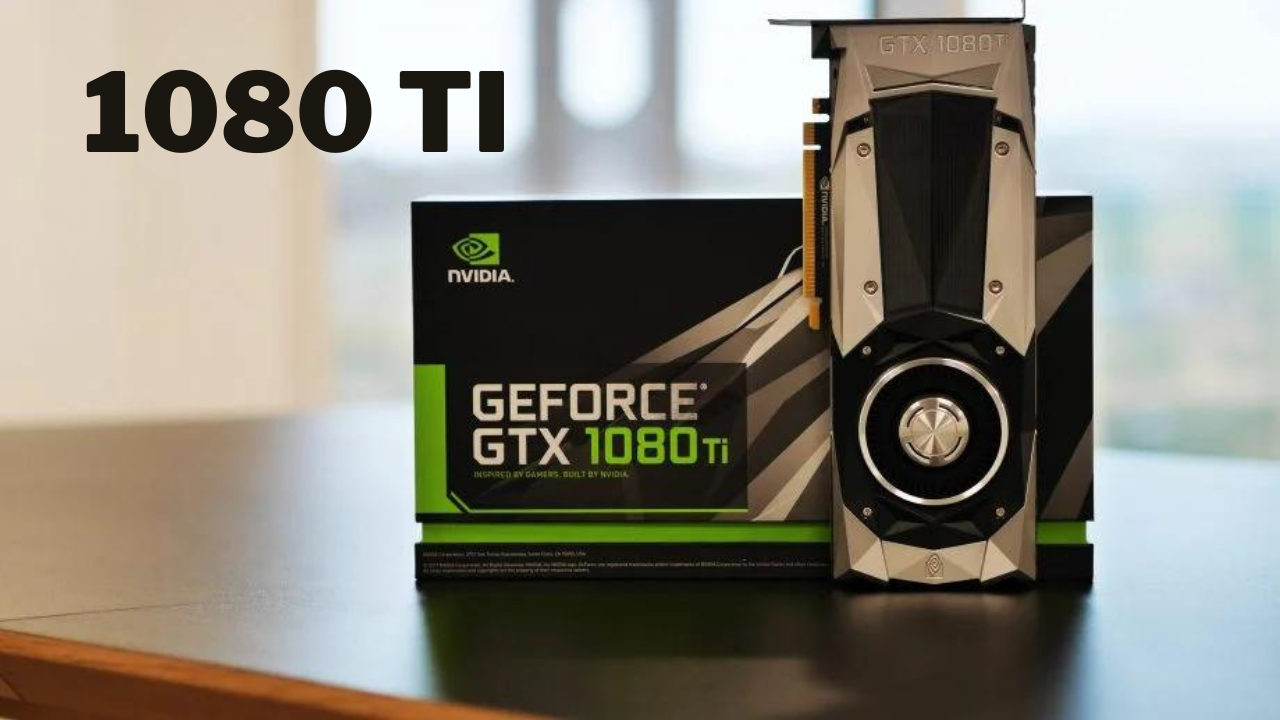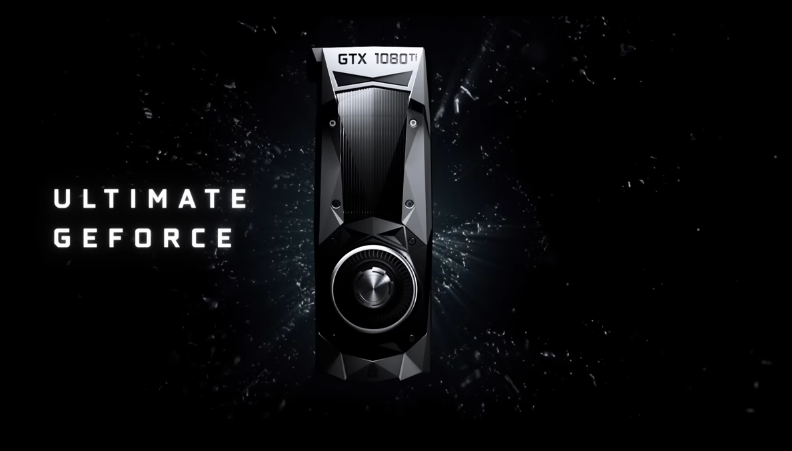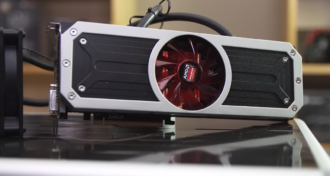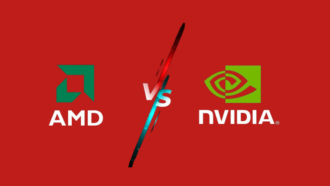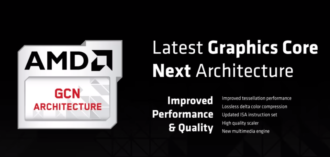1080 Ti: The Enduring Power of Nvidia’s Pascal Flagship
- 1 Key Specifications OF 1080 Ti
- 1.1 What is In The Box?
- 1.2 Performance Benchmarks and Gaming Capabilities
- 1.3 Advanced Cooling Solutions and Overclocking Potential
- 1.4 VR and 4K Gaming Experience with the GTX 1080 Ti
- 1.5 Ray Tracing and Features of DLSS
- 1.6 Comparison with Previous Generation GPUs
- 1.7 Availability and Pricing Considerations
- 2 Pros and Cons of 1080 Ti
- 3 Conclusion
- 4 FAQs
In Short:
- GTX 1080 Ti will still be competitive in modern times despite its old age; thus, it is a perfect pick for gamers who need to stick to a budget.
- The 1080 Ti is still a good choice for users who want to be adventurous and continually push the limits of their gaming experience thanks to its great cooling options and overclocking capability.
- With such performance, GTX 1080 Ti can guarantee a decent VR and 4K gaming experience even without ray tracing technology specifically designed for such purpose.
- Considering the present availability and cost of used GPUs, consumers should choose the latest GPU models before buying them for better features and possible savings.
When the 1080 Ti appeared, the only rivalry it faced was with itself, as it became the ultimate peak of graphics performance. The past decades have seen massive strides in GPU technology, including hardware dedicated to ray tracing and AI upscaling, and even super-fast performance with each new generation. Pascal architecture, which does not have many of the fancy features of today’s graphics card, has aged classically. Comprehensive tests that we do are not just about the numbers but also about the overall experience while playing the latest and old games at 1080p and 1440p resolutions.
Key Specifications OF 1080 Ti
| Specification | Details |
| Architecture | Pascal |
| CUDA Cores | 3584 |
| VRAM | 11GB GDDR5X |
| Memory Interface | 352-bit |
| Base Clock | 1480 MHz |
| Boost Clock | 1582 MHz |
| TDP (Thermal Design Power) | 250 Watts |
| DirectX Version | 12 |
| HDMI Ports | 1x HDMI 2.0b |
| DisplayPort | 3x DisplayPort 1.4 |
| Max Resolution | 7680×4320 (4K) |
| SLI Support | Yes, 2-way SLI |
What is In The Box?
- Graphics Card
- User Manual
- Driver and Software Disc
- Power Adapters
- Display Adapters
- Accessories
Performance Benchmarks and Gaming Capabilities
Our comprehensive testing bench puts the GTX 1080 Ti through its paces across over 50 games at popular resolutions like 1080p and 1440p. We observe excellent performance in older titles and games leveraging mature engines, where the 1080 Ti exploits its raw strength and highly optimized drivers. For example, it easily exceeds 100fps in esports favorites and delivers silky smoothness in single-player eye-candy showcases like The Witcher 3.
However, there are inevitable challenges in modern games built around new hardware features that need to be added in Pascal. Dedicated ray tracing acceleration in the RX 5700 XT and RTX 3060 confers clear advantages in cutting-edge titles. Nonetheless, the 1080 Ti’s admirable optimizations provide playable experiences even in the latest releases. Ultimately, its extensive capabilities shine in conventional rasterization workloads.
Advanced Cooling Solutions and Overclocking Potential
The GTX 1080 Ti employed capable cooling solutions for its time, utilizing vapor chamber technology mated to a radial fan assembly, effectively managing temperatures and noise. However, present GPU designs implement further-refined heat pipes, fins, fans, and exotic liquid cooling to enable higher sustained clocks.
Fortunately, manual overclocking potential partially compensates for raw clock differences in modern cards. Users can utilize software tools exposing voltages, frequencies, memory speeds, and fan curves to carefully tune additional headroom, respecting the 1080 Ti’s power limits. As an already overclocked design, limits exist, but moderate gains provide flexibility catering to use cases preferring temperatures or acoustics.
VR and 4K Gaming Experience with the GTX 1080 Ti
The GTX 1080 Ti is a very capable GPU for legacy VR headsets. Established VR platforms like the original Oculus Rift and HTC Vive connected over DisplayPort achieve fluid VR gameplay without overwhelming the 1080 Ti. It also powers higher resolutions like 3440×1440 ultrawide and 4K reasonably well in less demanding titles.
However, cutting-edge headsets with higher resolutions and framerates expose limitations in maximizing the VR experience. Without DLSS to boost 4K performance affordably, modern intensive games also push the limits of smooth UHD gaming. Ultimately, while very playable, both scenarios demand some compromise on settings versus modern GPUs designed explicitly for next-generation VR/4K gaming.
Ray Tracing and Features of DLSS
The 1080 Ti is inferior to more modern GPUs due to the need for specialized hardware for ray tracing and DLSS. However, its performance in games tailored to its design is still impressive and shows that technology will stay intact.
Comparison with Previous Generation GPUs
The GTX 1080 Ti compares favorably against AMD’s RX 5700 XT, which also lacks dedicated ray tracing hardware. The 5700 XT represented exceptional value at $399 on launch. Stacked up in conventional gaming, the 1080 Ti trades blows with AMD’s offering, which leverages architectural and process refinements unavailable for Pascal. The aging Nvidia flagship’s continued competitiveness against this younger challenger is a remarkable testament to its lasting gaming credentials.
Meanwhile, Nvidia’s own $329 RTX 3060 enjoys similar frames but with additionally enhanced visuals from its more advanced feature set. However, recall the 1080 Ti’s $699 MSRP, eclipsing even the 3060 Ti today. Viewed through this lens, Turing and Ampere brought massive generational price-to-performance leaps. Yet Pascal’s enduring speed impresses despite lacking modern features.
Availability and Pricing Considerations
The GTX 1080 Ti has enjoyed broad availability on the secondary market for over five years since its retail presence. However, informed purchasing remains crucial given complex electronics. Carefully validate reported condition, packaging, and accessories available while evaluating voltages, clocks sustained, noise levels, and cooling efficacy. Confirm warranty transferability along with valid invoices.
With newer GPUs occupying primary sales channels today, second-hand 1080 Ti price premiums are fading. We suggest up to $400 as a sensible ceiling from reputable sellers, possibly $500+ for “golden sample” cards with impeccable histories and generous bundles. However, deeply research rather than compromise on your graphics investment.
Pros and Cons of 1080 Ti
| Pros | Cons |
| Enduring gaming performance | Lack of dedicated ray tracing and DLSS hardware |
| Overclocking potential | Aging architecture |
| VR and 4K capabilities | Availability and pricing in the used market |
| Versatile display options | |
| SLI Support |
Note: Before selecting the GTX 1080 Ti, verify its limitations. It might only be compatible with the latest gaming innovations by adding dedicated raytracing and DLSS hardware. The secondhand market should be considered, and buyers should carefully consider the availability and cost. New GPU options suit people looking for more functionality and paying less.
Conclusion
The GTX 1080 Ti enjoys an admirable legacy as the pinnacle of Nvidia’s famed Pascal architecture, which has aged gracefully over half a decade since its launch. Its specifications are impressive today, combining high CUDA core counts, ample VRAM, and extreme clocks, conveying commanding performance potential. Our exhaustive benchmarks captured framerates, handily challenging newer GPUs that cost twice as much. The need for dedicated ray tracing and tensor hardware precludes experiencing modern visual splendor.
Nonetheless, conventional gaming performance still impresses. Well-optimized classic titles and esports run blisteringly quickly at high refresh rates. For purchasers focused on such use cases, a second-hand 1080 Ti with careful inspection constitutes tremendous value and enjoys our complete recommendations. This venerable graphics workhorse easily earns a coveted spot in GPU history.
FAQs
Does the GTX 1080 Ti still make sense for gaming in 2024?
Yes, the 1080 Ti will remain a capable gaming GPU in 2024. It delivers excellent frame rates in optimized titles at popular resolutions like 1080p and 1440p. The lack of ray tracing is a tradeoff, but conventional gaming performance still impresses.
How does the 1080 Ti compare to newer mid-range GPUs?
The GTX 1080 Ti is still surprisingly competitive with newer mid-range offerings. It can match and sometimes exceed the performance of AMD’s RX 5700 XT and Nvidia’s RTX 3060 in conventional gaming. Of course, it must improve on advanced features supported by newer architectures.
What kinds of games does the GTX 1080 Ti perform best at?
The 1080 Ti excels in games emphasizing traditional rasterization, like well-optimized classic titles and esports games. It also delivers solid performance in many AAA single-player games. Ray-traced games are its weakness.
Is the 1080 Ti good enough for VR and 4K gaming?
The GTX 1080 Ti can power VR gaming capably and handle 4K in less demanding games. But modern VR headsets and maxed-out 4K gaming in intensive titles will expose its limitations versus newer GPUs designed explicitly for these workloads.

